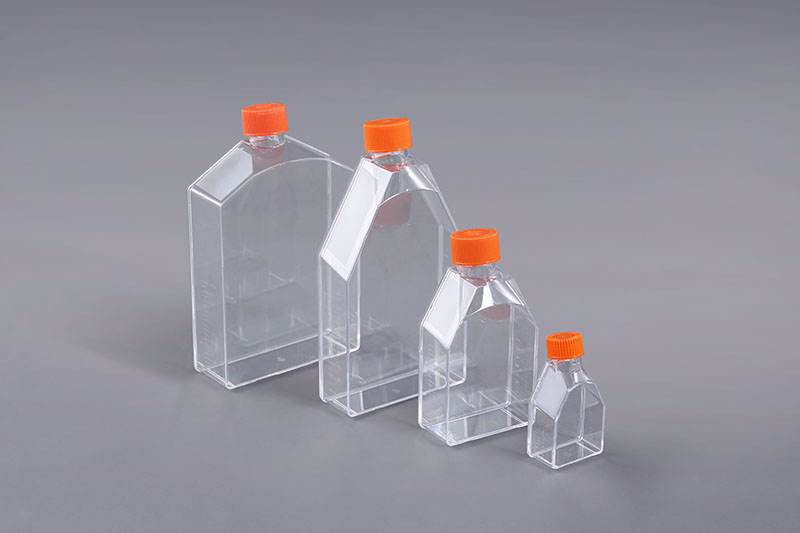細胞培養には、細胞の接種、培養、採取、その他のプロセスが含まれます。 細胞培養フラスコの細胞はある程度成長しており、細胞を回収する必要があります。このとき、フラスコ壁の細胞をトリプシンで消化して回収する必要があります。パンクレアチンの使用中は消化時間を制御する必要があります。
トリプシンは不均一なプロテアーゼであり、細胞膜および細胞培養フラスコのタンパク質を分解する可能性があります。特定の場所でタンパク質を分解することにより、タンパク質間の接合部にあるタンパク質が分解され、細胞は内部の細胞骨格の張力によって球状になり、それによって細胞が分離します。トリプシン消化の程度は、細胞培養の重要なステップです。過度に消化された細胞破片が増加し、黒いスカムが増加し、細胞がバラバラになり、細胞の生存率に深刻な影響を及ぼし、一部の細胞は浮遊して廃棄されたトリプシンとともに失われます。消化が不十分な場合、細胞はボトルの壁から吹き飛ばされにくく、ピペッティングを繰り返すと細胞の生存率も低下します。
異なる組織または細胞はパンクレリパーゼの作用に対して異なる反応を示します。パンクレリパーゼ分散細胞の活性は、その濃度、温度、作用時間にも関係しています。 pHが8.0、温度が37の場合、パンクレリパーゼ溶液の作用力は比較的強い。パンクレリパーゼを使用する場合は、過剰消化による細胞損傷を避けるために、濃度、温度、時間を制御する必要があります。 Ca2 +、Mg2 +、血清およびタンパク質はパンクレリパーゼの活性を低下させる可能性があるため、D-ハンクス溶液などのパンクレリパーゼ溶液を調製する場合は、Ca2+およびMg2+を含まないBSSを使用する必要があります。消化を終了するときは、血清含有培地またはトリプシン阻害剤を使用して、細胞に対するパンクレリパーゼの影響を止めます。
さらに、新しく購入した細胞の場合は、最初に低濃度のトリプシンを使用して消化を調べることができます。時間、そしてセルが毎分丸いかどうかを観察し、記録を作成します。つまり、細胞培養フラスコで細胞を回収する場合、細胞の生存率を維持するためにトリプシン消化時間を制御する必要があります。
The FAI climbed 5.9 percent year-on-year in the first 11 months of 2018, quickening from the 5.7-percent growth in Jan-Oct, the National Bureau of Statistics (NBS) said Friday in an online statement.
The key indicator of investment, dubbed a major growth driver, hit the bottom in August and has since started to rebound steadily.
In the face of emerging economic challenges home and abroad, China has stepped up efforts to stabilize investment, in particular rolling out measures to motivate private investors and channel funds into infrastructure.
Friday's data showed private investment, accounting for more than 60 percent of the total FAI, expanded by a brisk 8.7 percent.
NBS spokesperson Mao Shengyong said funds into weak economic links registered rapid increases as investment in environmental protection and agriculture jumped 42 percent and 12.5 percent respectively, much faster than the average.
In breakdown, investment in high-tech and equipment manufacturing remained vigorous with 16.1-percent and 11.6-percent increases respectively in the first 11 months. Infrastructure investment gained 3.7 percent, staying flat. Investment in property development rose 9.7 percent, also unchanged.
 English
English



















































